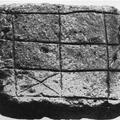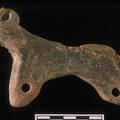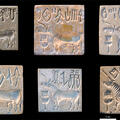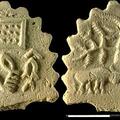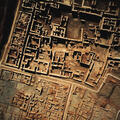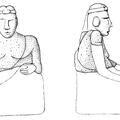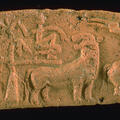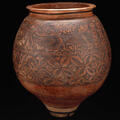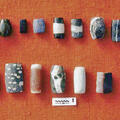Split Appearance. Patchy and Coherent Features in Fragments of Gameplay, Mohenjo-daro, Sindh
An interesting paper which looks at the extensive finds of what are likely game pieces, boards and other related artifacts from Mohenjo-daro. The author tries to relate finds at the site with contexts, and while this is difficult given poor documentation from earlier excavations, it does seem as if game play was extensive.

